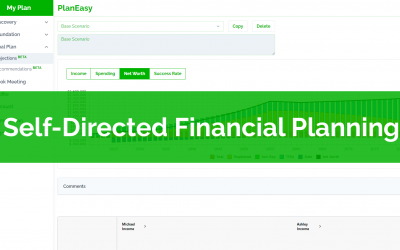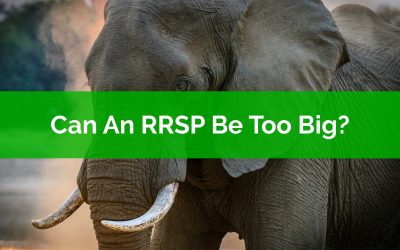Thank you for joining the waitlist!
You’re on the list for early access!
We will contact you via email when we’re ready for you to start your self-directed financial plan. In the mean time here is a quick preview…
Check out our latest blog posts…
Different Ways To Optimize Your Financial Plan
We want to make the most of our hard-earned money. But that can mean different things to different people. The way we “optimize” our financial plan can vary greatly from one person to the next.
There are a few different ways to optimize a financial plan. Some will be obvious and widely accepted, like minimizing income tax where possible, but some are a bit less obvious or will depend on personal preferences.
Because a financial plan represents our personal preferences and personal values, no two financial plans are the same.
While two people may have similar income, assets, and net worth, they could have dramatically different financial plans depending on what they’re optimizing for.
We all want to make the most of our money, but what that looks like will vary greatly from one person to the next.
Here are a few of the different ways you can optimize your financial plan… what are you optimizing for?
Introducing Self-Directed Financial Planning
We’re excited to introduce self-directed financial planning, a new way to access advice-only financial planning.
At PlanEasy our mission is to make advice-only financial planning easy, accessible, and inexpensive, and our new self-directed financial planning platform helps make that even more of a reality.
Self-directed planning uses our innovative financial planning platform to create a truly customized financial plan in just three simple steps.
The platform intelligently tailors to every individual, couple, and household to create a unique financial plan that is customized to your exact situation.
Unlike other financial planning options, our platform is completely unbiased, there are no products, no sales goal, just advice.
Our platform helps you optimize your financial plan for income tax, tax credits, and multiple governments benefits including the big ones like Guaranteed Income Supplement (GIS) and the Canada Child Benefit (CCB) as well as multiple smaller government benefits too.
Most importantly, a self-directed financial plan is just a fraction the cost of a typical one-on-one advice-only financial planning engagement, making it easier and less expensive to create an unbiased financial plan.
Interested? Get early access to self-directed financial planning, join the waitlist now.
Let’s take a look at just a few of the ways a self-directed financial planning can help you make the most of your money…
Can An RRSP Be Too Big?
Can an RRSP be too big? That would be a nice problem to have, wouldn’t it?
Having an oversized RRSP means one of two things, either RRSP contributions have been on track for many, many years, or investment returns have been above average for a long time, or some combination of the two.
Having a large RRSP is a good problem to have, but it’s still a problem. With a large RRSP the problem becomes how to get that money out without losing a large percentage to income tax or government clawbacks.
At a certain level, withdrawals from an RRSP could trigger higher marginal tax rates and/or government benefit clawbacks. In these situations, it’s pretty easy to hit marginal effective tax rates of 50%+ in retirement. Losing half of an RRSP withdrawal to tax and benefit clawbacks is not ideal.
With an RRSP that is “too big” it’s possible to have a tax rate in retirement that is higher than when employed.
If you have a large RRSP, or if you have a modest RRSP but are still contributing, then there are a few issues that should be on your radar.



